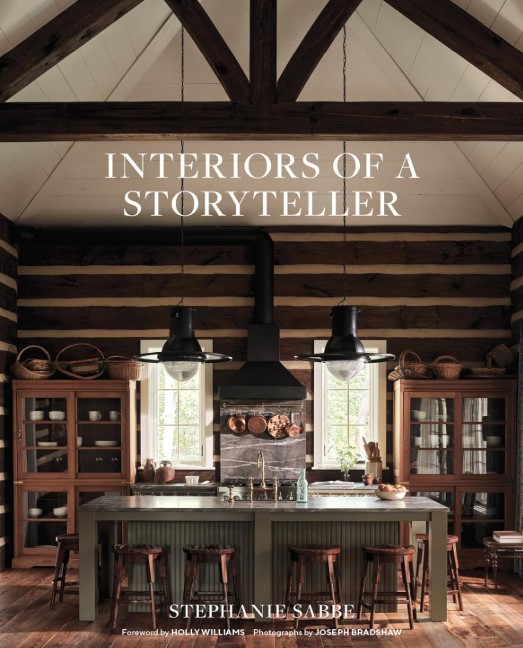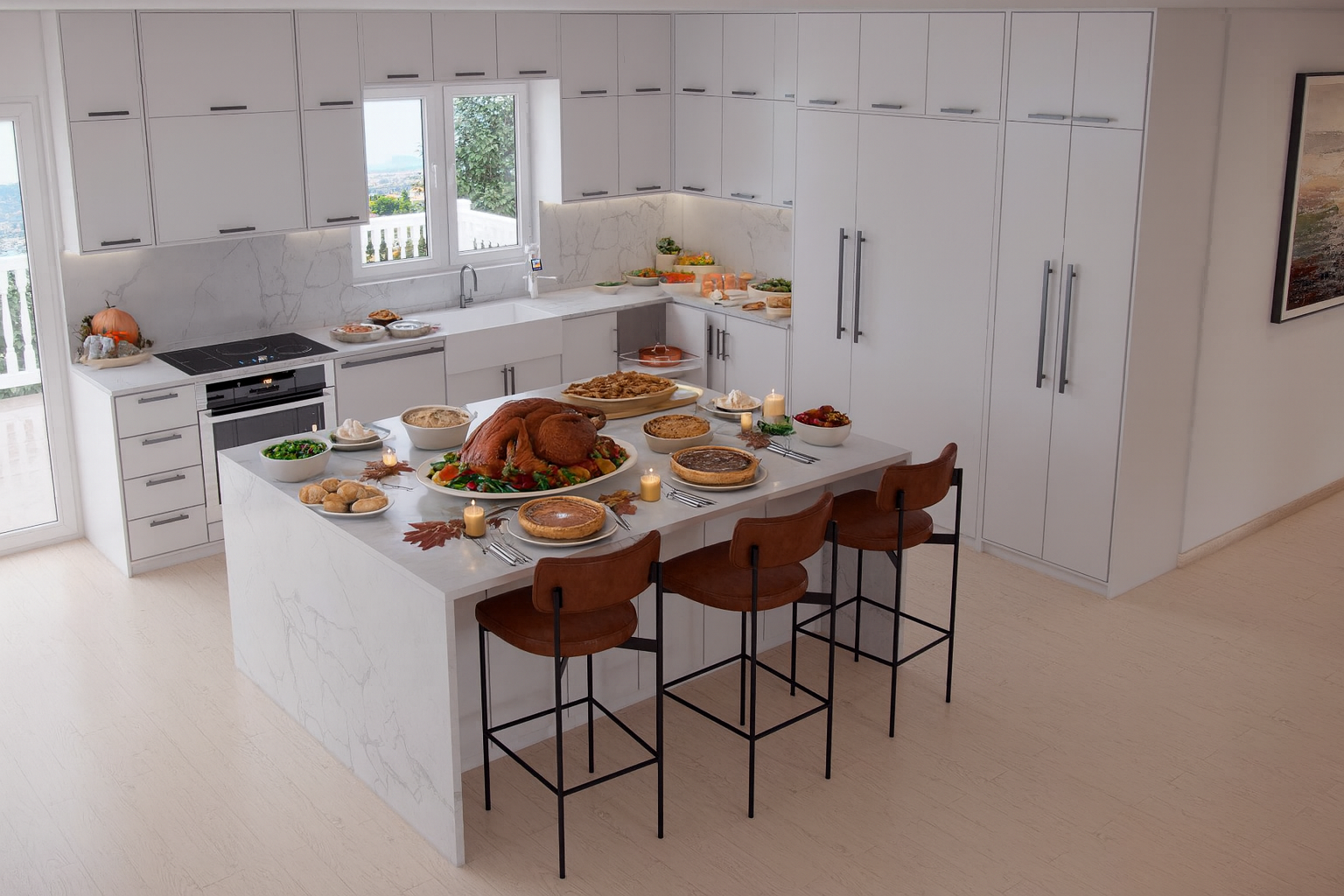Open floor plans have become increasingly popular in modern interior design, offering a sense of spaciousness, flexibility, and connectivity. However, designing within an open floor plan can present challenges when it comes to defining distinct areas and maintaining a sense of cohesion. In this blog post, we will guide you through the art of mastering open floor plans by creating zones that serve different functions while still achieving a harmonious and cohesive overall look. Let's explore effective strategies and creative ideas to transform your open space into a functional and visually appealing environment.

Define Functional Areas:
Start by identifying the different functional zones you want to incorporate within your open floor plan. Common areas may include a living room, dining area, kitchen, and workspace. Consider the flow of activities and how each zone will be used to determine their placement.
Utilize Furniture Placement:
Strategic furniture placement plays a key role in creating distinct zones within an open floor plan. Use furniture as a tool to visually separate areas. For example, position a sofa or a bookshelf to create a boundary between the living room and dining area. Experiment with different furniture arrangements to find the most effective layout for each zone.
Rugs and Lighting as Anchors:
Rugs and lighting fixtures can act as anchors, helping to define specific areas within an open floor plan. Use rugs to delineate zones by placing them under furniture groupings or in designated areas. Similarly, pendant lights or chandeliers can provide a visual cue for the dining area or kitchen island, while floor lamps can help establish a cozy reading nook or workspace.

Color Palette and Material Consistency:
Maintaining a consistent color palette and material selection throughout your open floor plan is crucial for achieving cohesion. Choose a harmonious color scheme that flows seamlessly from one zone to another. Consider using similar or complementary materials, such as wood, metal, or glass, to create visual continuity and a sense of unity.
Visual Dividers:
Incorporate visual dividers that subtly separate different areas without completely closing them off. This can be achieved through the use of half walls, shelving units, or decorative screens. These elements provide a sense of privacy and define zones while still maintaining the open feel of the space.
Create a Focal Point:
Each zone within your open floor plan can benefit from a distinct focal point. Whether it's a statement artwork, a fireplace, or a unique piece of furniture, a focal point draws attention and enhances the visual appeal of the space. Ensure that each zone has a focal point that adds character and depth.

Flow and Circulation:
Consider the flow and circulation within your open floor plan to ensure easy movement between zones. Avoid creating obstacles or cramped pathways. Allow enough space for comfortable navigation and ensure that furniture and décor items do not hinder the flow of movement.
Mastering the art of open floor plans is about creating distinct zones while maintaining a sense of cohesion. By following these strategies, you can transform your open space into a functional and visually appealing environment. Define functional areas, utilize furniture placement and visual dividers, incorporate consistent color palettes and materials, and create focal points. With careful attention to these design elements, your open floor plan will become a harmonious and inviting space that reflects your style and enhances the way you live and interact within your home.









